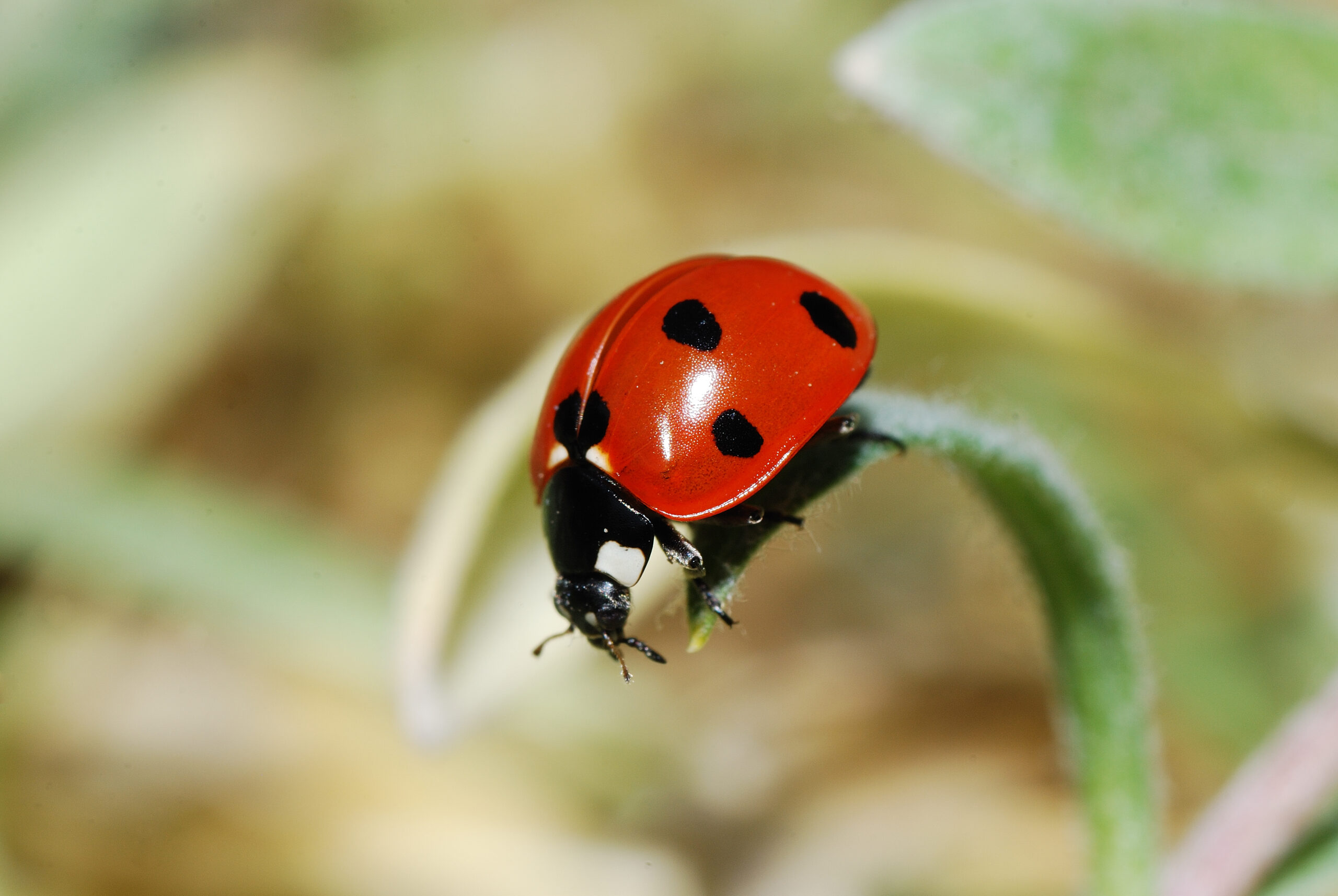Ladybug vs. Asian Lady Beetle: What’s the Difference and Why It Matters
They might look alike at first glance—both small, dome-shaped beetles with red or orange shells and black spots. But when it comes to the ladybug vs. Asian lady beetle, knowing the difference is more than just an insect trivia fact. It can help protect your home, support native species, and even benefit your garden.
In this guide, we’ll break down the key differences between these two lookalike beetles—from their appearance and behavior to their environmental roles and impacts.
—
Meet the Look-Alikes: Two Beetles, Two Stories
The Ladybug: A Garden Guardian
Ladybugs (family Coccinellidae) are beloved by gardeners and nature lovers alike. These tiny predators play a crucial role in natural pest control, feeding on aphids, mites, and other plant-damaging insects.
Key Traits of Ladybugs:
Color: Bright red with clear black spots
Head: Black with small white markings
Behavior: Gentle and non-aggressive
Habitat: Lives outdoors and avoids entering homes
Ecological Role: Supports biodiversity by naturally controlling pest populations
Bonus Tip: To attract native ladybugs, plant herbs like dill, fennel, or yarrow. They’re drawn to the pollen and often lay eggs near aphid colonies.
—
The Asian Lady Beetle: The Uninvited Houseguest
The Asian lady beetle (Harmonia axyridis), while similar in shape and size, tells a different story. Originally introduced to North America to combat crop pests, this beetle has since become an invasive nuisance in many regions.
How to Identify an Asian Lady Beetle:
Color: Ranges from pale orange to deep red
Head: Distinct black “M” shape on a white background
Behavior: Can be aggressive and may bite
Habits: Frequently invades homes—especially in the fall
Odor: Releases a foul-smelling, yellow fluid when threatened
Environmental Impact: Outcompetes native ladybugs and disrupts ecosystems
—
How to Tell the Difference: Ladybug vs. Asian Lady Beetle
When you spot a beetle, here are a few quick ways to figure out which one you’re dealing with:
1. Look at the Head Markings
A clear “M” or “W” shape on a white head? That’s a telltale sign of an Asian lady beetle.
2. Watch the Behavior
Calm and stays in the garden? Probably a native ladybug.
Swarming your walls or windows in autumn? Likely an Asian lady beetle.
3. Check for Odor or Stains
If the beetle leaves a yellow stain or foul odor when disturbed, it’s almost certainly an Asian lady beetle. Ladybugs don’t exhibit this behavior.
—
Why Knowing the Difference Matters
Support Biodiversity
Native ladybugs are essential for maintaining balanced garden ecosystems. They help reduce the need for pesticides and encourage healthier plant growth.
Protect Your Home
Unlike ladybugs, Asian lady beetles actively seek shelter indoors during cooler months. Recognizing and sealing entry points can prevent unwanted infestations.
Be Kind to the Right Bug
It’s easy to mistake an Asian beetle for a harmless ladybug and dismiss them both. Learning the difference helps you protect beneficial insects while managing pests responsibly.
—
Natural Ways to Attract Ladybugs & Deter Asian Beetles
To Attract Ladybugs:
Plant nectar-rich flowers: dill, fennel, cosmos, and marigolds
Avoid pesticides that harm beneficial insects
Provide a water source and leave a few aphids as food
To Repel Asian Lady Beetles:
Seal cracks around windows, doors, and siding
Use natural repellents like citrus or bay leaves near entry points
Vacuum up beetles indoors (don’t squish—they stain!)
—
Final Thoughts: Appreciate the Difference
Understanding the difference between ladybugs and Asian lady beetles is more than a fun fact—it’s a small but important step toward protecting your home and environment. With this knowledge, you can welcome the right beetles into your garden while keeping the problematic ones out of your house.
Want more natural pest control tips and garden-friendly guides? Stick around and explore our latest eco-living content.

